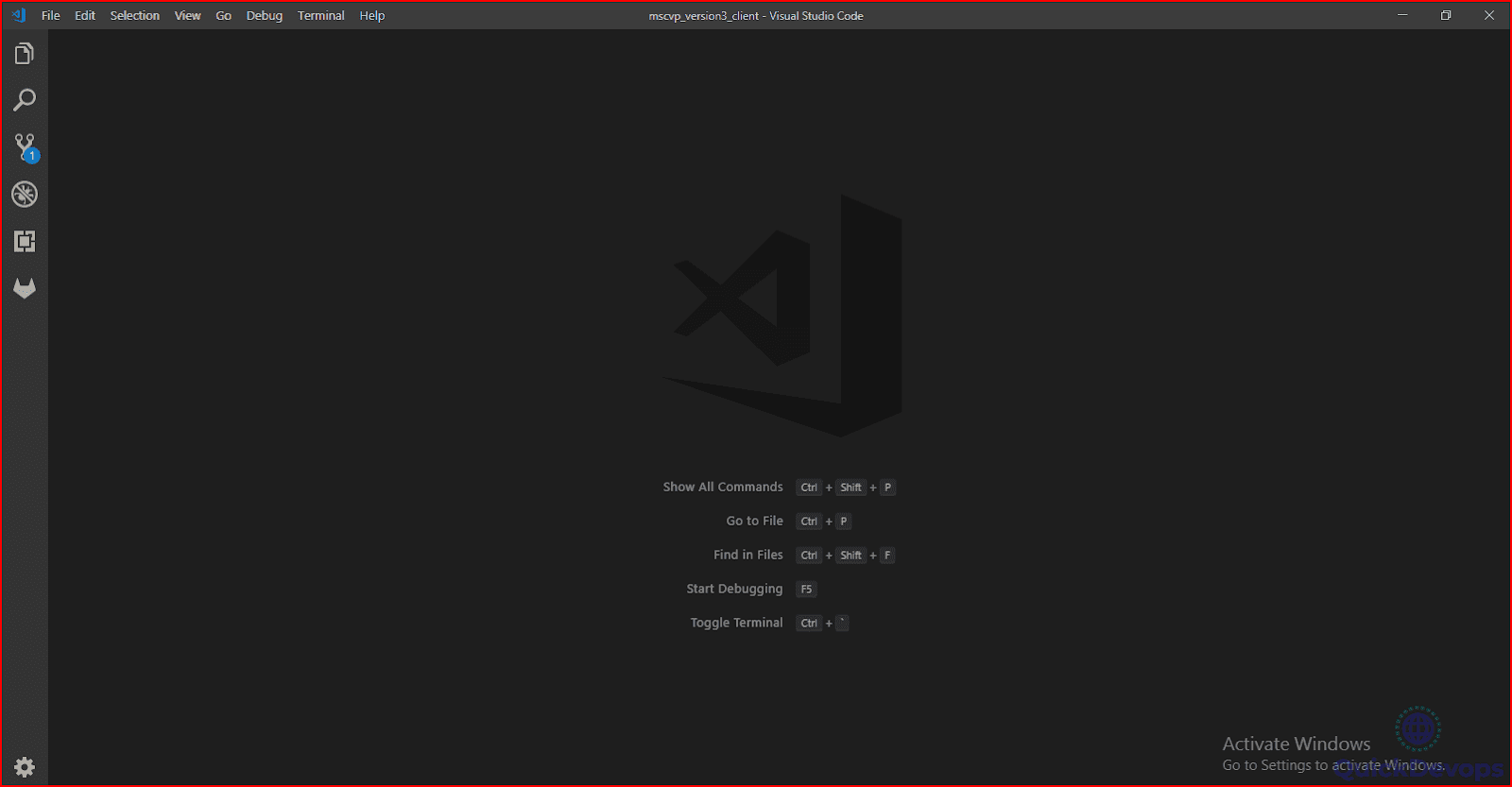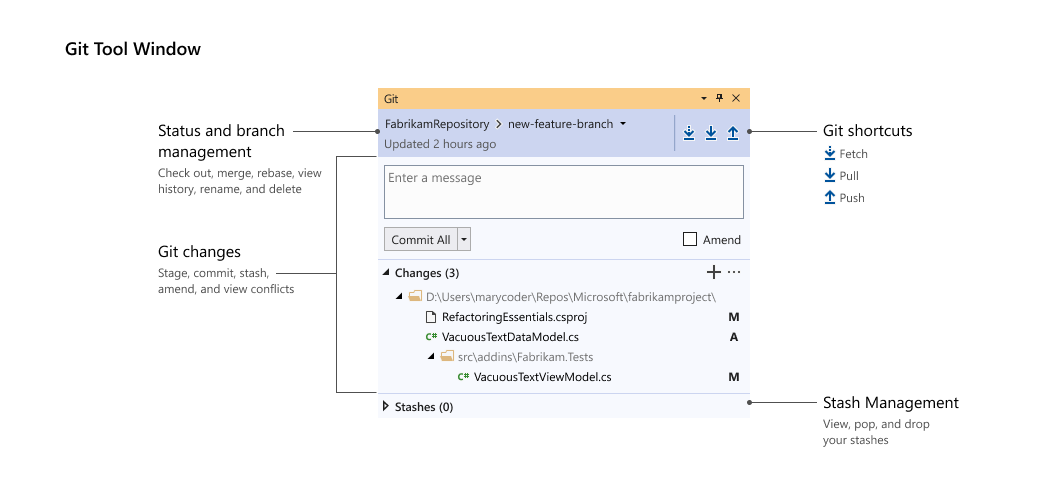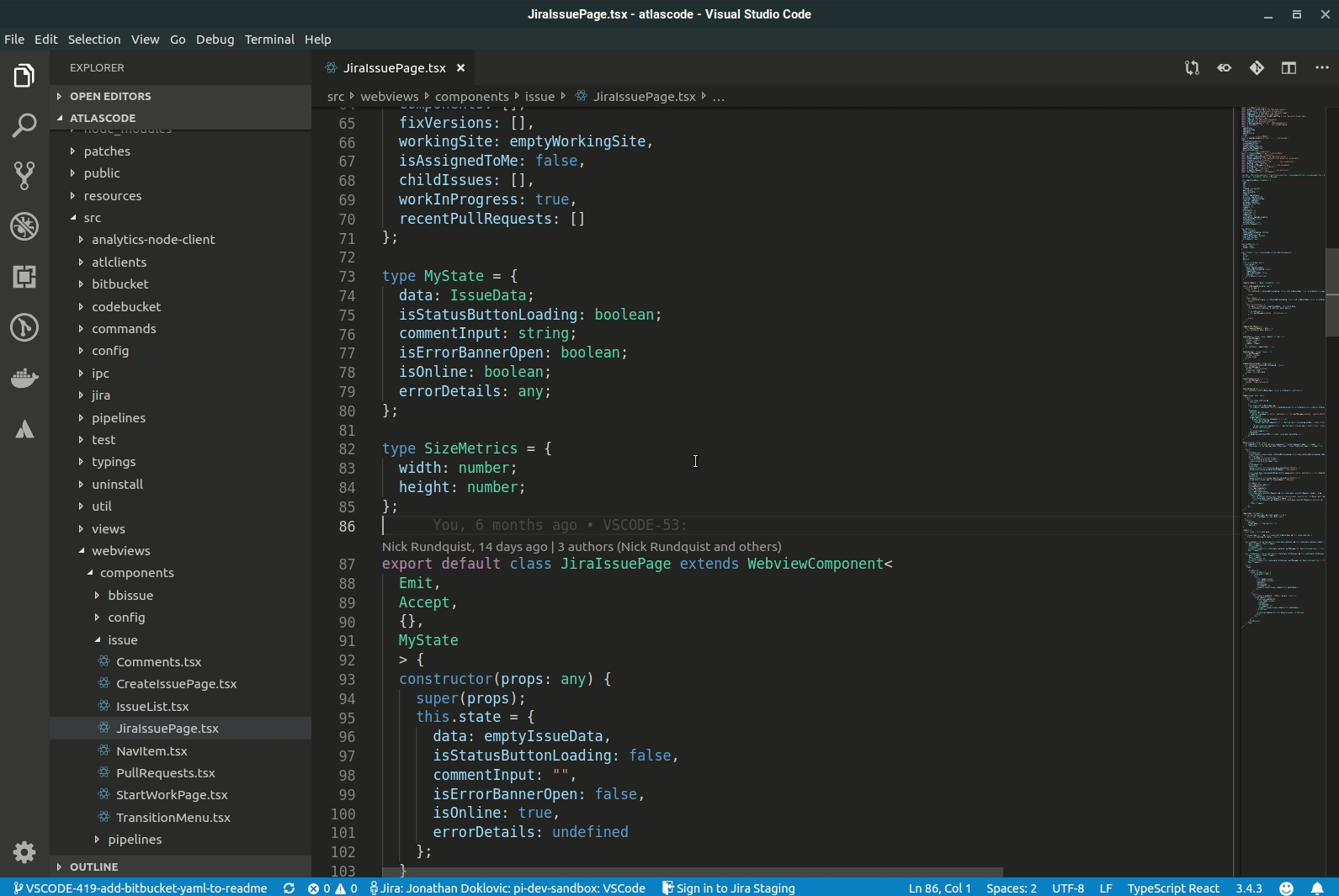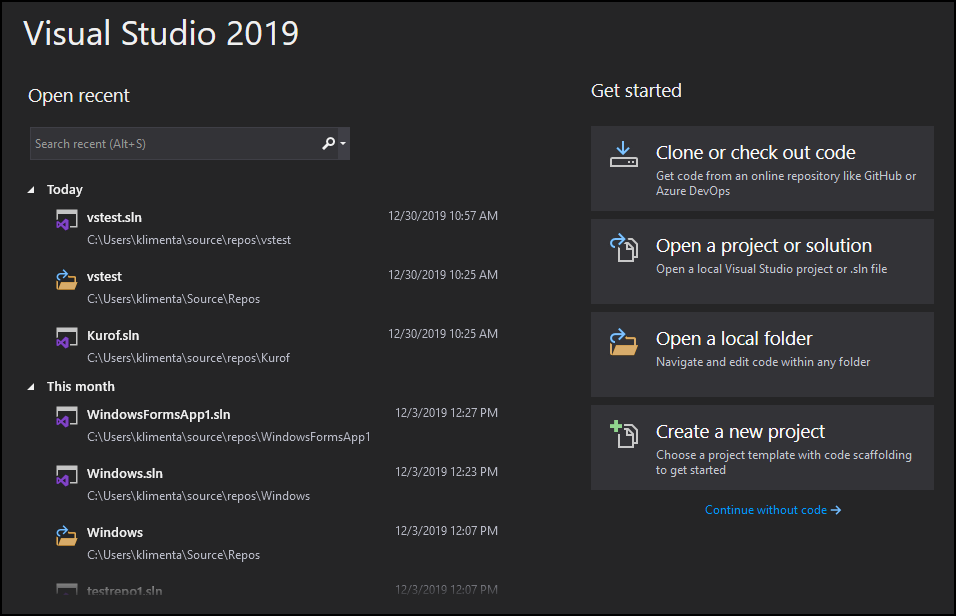

Track code that comes from Git repositories Git will clone the repo and set up the origin remote to connect with SSH for future Git commands.

Select and copy the key output in the clipboard.Ĭopy the SSH Git clone URL from the Git repo.FireFox/IE may not support clipboard permissions properly.Mac OS: Cmd-c to copy and Cmd-v to paste.Windows: Ctrl-Insert to copy and use Ctrl-Shift-v or Shift-Insert to paste.Otherwise specify the location '/home/azureuser/.ssh'. Verify that the default location is '/home/azureuser/.ssh' and press enter. When you're prompted to "Enter a file in which to save the key" press Enter. > Generating public/private rsa key pair. Ssh-keygen -t rsa -b 4096 -C creates a new ssh key, using the provided email as a label. Paste the text below, substituting in your email address. Open the terminal window in the Azure Machine Learning Notebook Tab.

Authenticate your Git Account with SSH Generate a new SSH key You can clone any Git repository you can authenticate to (GitHub, Azure Repos, BitBucket, etc.)įor more information about cloning, see the guide on how to use Git CLI. We recommend that you clone the repository into your users directory so that others will not make collisions directly on your working branch. Once the terminal is opened, you have access to a full Git client and can clone and work with Git via the Git CLI experience. To clone a Git repository into this file share, we recommend that you create a compute instance & open a terminal. Clone Git repositories into your workspace file systemĪzure Machine Learning provides a shared file system for all users in the workspace. To connect to an Azure Machine Learning remote compute instance using Visual Studio Code, see Connect to an Azure Machine Learning compute instance in Visual Studio Code (preview)įor more information on Visual Studio Code version control features, see Using Version Control in VS Code and Working with GitHub in VS Code.

Use Visual Studio Code to interact with Git through a graphical user interface.


 0 kommentar(er)
0 kommentar(er)
